
Spatial profiling of immune competence in plant roots (bioRxiv)
Plant Science Research WeeklyPlant roots should prevent immune activation by innocuous soil microbiota, as constitutive immune activation is harmful to plant growth. Previous studies have indicated variable immune competence of different root cell types and developmental zones, but this is currently poorly understood with the fine…
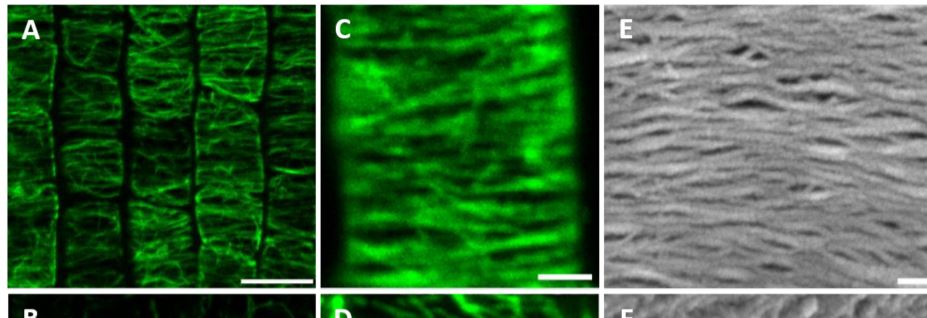
A new order through disorder: intrinsically disordered proteins reshape the cytoskeleton under drought stress
Blog, Plant Physiology, Plant Physiology: News and Views, ResearchMany proteins have a clearly defined structure-function relationship – specific three-dimensional folds can be linked to specific protein functions. We do however know that many proteins – referred to as intrinsically disordered proteins (IDPs) – lack rigid three-dimensional organisation. In recent…
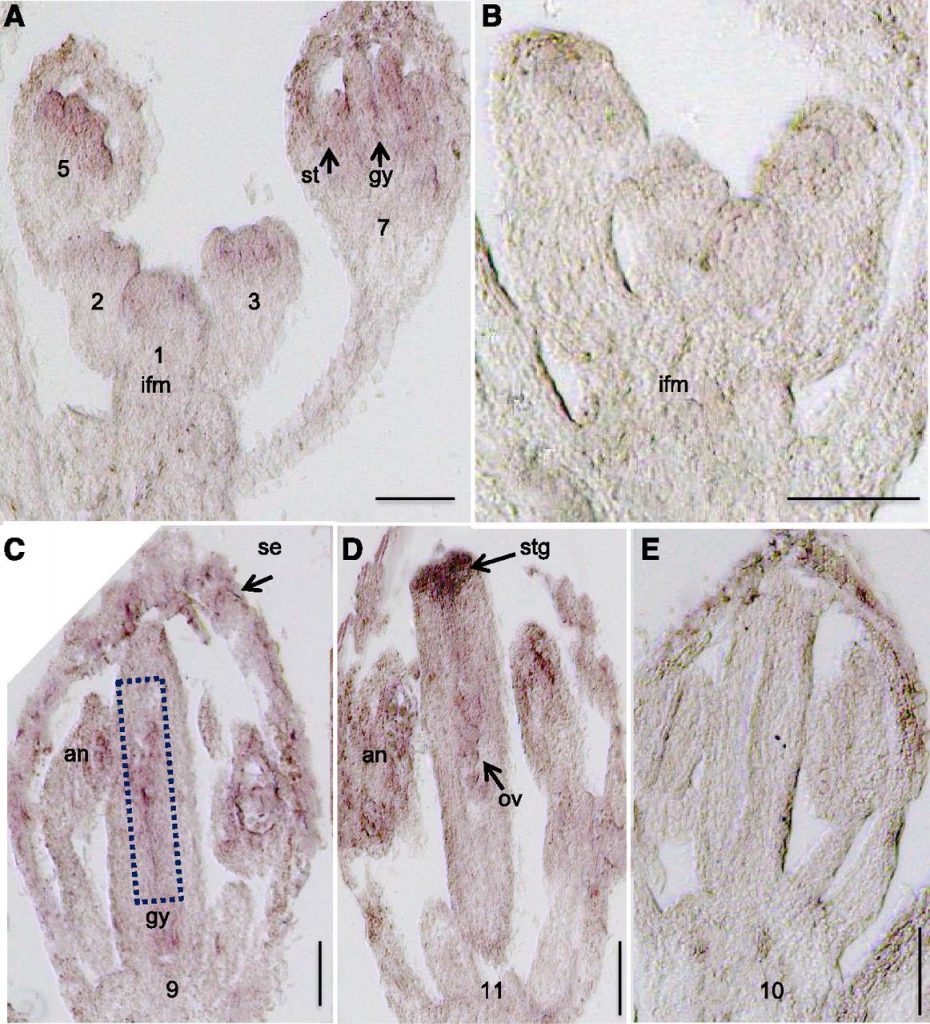
Role of Cell Wall Invertase in Ovule Development
Plant Physiology, Plant Physiology: On The InsideApart from its well-known function in Suc unloading, cell wall invertase (CWIN), an enzyme that catalyzes the hydrolysis of Suc into Fru and Glc, also plays a role in sugar signaling and plant development. As an example of CWIN playing a role in plant development, Liao et al. (10.1104/pp.20.00400)…

FRA1 Kinesin Prevents Cell Wall Deposition from Going Off the Rails
Research, The Plant Cell, The Plant Cell: In BriefCellulose, hemicellulose, and pectin are the brick and mortar of the plant kingdom, and how they are laid has substantial impacts on plant morphology. Plant cell shape is dictated by the interplay between turgor pressure and heterogeneity in cell wall composition, whereby localized cell wall loosening…

Shaping the Plant Cell Wall: Molecular Characteristics of XOAT1 in Polysaccharide Acetylation
Research, The Plant Cell, The Plant Cell: In BriefPlant cell walls provide mechanical support to plant cells, determine their size and shape, and influence plant development and stress responses. The plant cell wall is composed mainly of polysaccharides, including cellulose, hemicellulose and pectins, with smaller amounts of phenolic polymers and proteins…
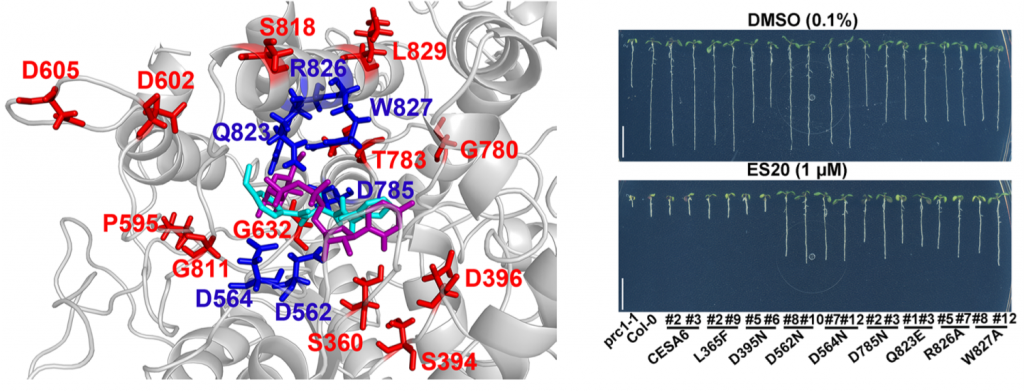
Endosidin20 targets the cellulose synthase catalytic domain to inhibit cellulose biosynthesis (Plant Cell)
Plant Science Research WeeklyCellulose is an indispensable component of plant cell wall formation. Cellulose is synthesized at the plasma membrane by a cellulose synthase complex (CSC) made up of at least 18 monomeric cellulose synthases (CESAs). In this study, Huang et al. used a chemical genetic approach to explore the structure…
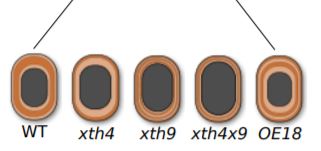
Cell Wall Remodeling During Wood Development
Plant Physiology, Plant Physiology: News and Views, ResearchMadeleine Seale
Department of Plant Sciences, University of Oxford, South Parks Road, Oxford, OX1 3RB, United Kingdom
[email protected]
ORCID: 0000-0002-8924-3943
Wood formation occurs via radial proliferation of vascular cambium cells and the deposition of secondary cell wall layers…
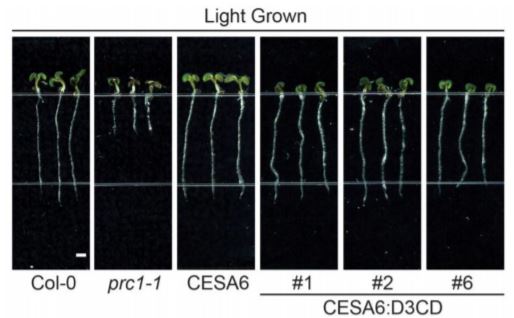
Another Brick in the Plant Cell Wall: Characterization of Arabidopsis CSLD3 Function in Cell Wall Synthesis
Research, The Plant Cell, The Plant Cell: In BriefPlant cell walls are one of the great engineering feats of nature, providing immense structural strength and durability. The core components of plant cell walls (pectin, hemicellulose, and cellulose) can occur in different proportions and vary in their structure and assembly, thus allowing cell walls…

Newly identified miRNAs may contribute to aerenchyma formation in sugarcane roots (Plant Direct)
Plant Science Research WeeklySugarcane is one of the major crops for sugar and ethanol production and has been successfully used for first generation ethanol production through sucrose fermentation, but second generation ethanol production, through cell wall depolymerization, is still limited. Aerenchyma formation in sugarcane root…

